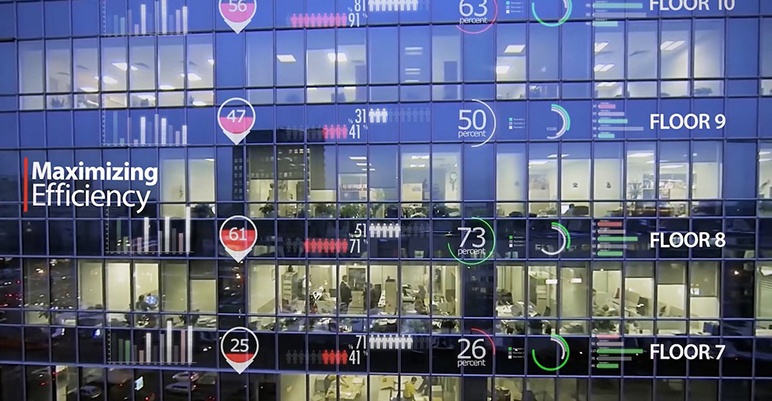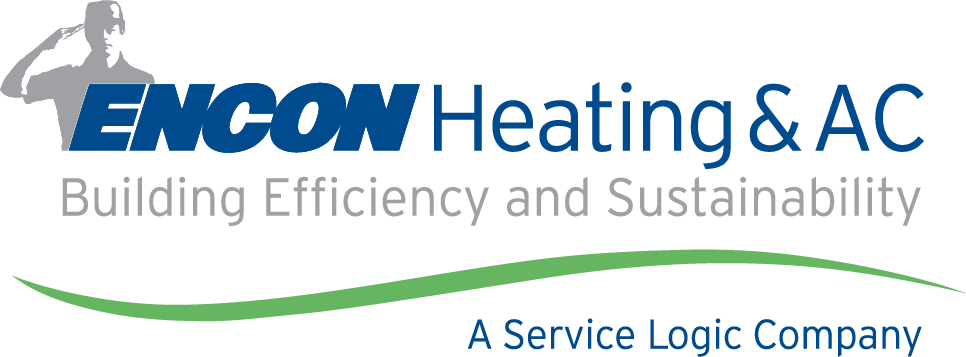These 3 Energy Efficiency Upgrades Should Be Top Priority for Your Commercial Building
As a commercial building owner or facility manager, you need to be concerned about rising energy costs. On one hand, you’d love to implement everything you can to improve your building’s energy efficiency and lower those costs immediately, but on the other hand, you’re busy and an unorganized list of ideas is overwhelming.
We understand, and we want to help. Consider this your To-Do List for improving energy efficiency in your commercial building.

Lighting
Artificial lighting is the biggest consumer of energy in most commercial facilities. There are many ways to optimize your facility’s lighting for efficiency, but they all revolve around the current lighting equipment, how the building is used, and what your budget allows.
Here are some tasks that will have an immediate and substantial impact on your energy usage:
- Behavioral modification - This is as simple (and as difficult) as training people to turn off lights as they leave a room. In practice, it’s not easy to enforce and will take time. But, if you’re successful, this simple task will cut down your building’s energy usage dramatically. And, it’s free!
- Install motion sensors - Accomplishing the same purpose as behavioral modification, installing motion sensors in every room can guarantee that unoccupied rooms are no longer lit unnecessarily. The initial investment is relatively low, and motion sensors can pay for themselves very quickly in saved energy.
- Make optimal use of natural light - If your building’s windows and/or skylights provide sufficient natural light, lessen the use of artificial light during those hours – even a few hours a day. This is another free and simple option.
- Replace incandescent bulbs with energy efficient LEDs or CFLs - With immediate savings of 25% to 80%, this is one of the most valuable step you can take. For a large facility, the initial investment could be substantial. But, again, the savings in wasted energy will more than make up for it.
- Replace aging, inefficient lighting systems and wiring - This is potentially the costliest option for improving the energy efficiency of your facility’s lighting system, but investing in a full or partial replacement of the existing wiring and lighting equipment with newer, higher-efficiency equipment can also pay huge dividends. Replacement and major upgrades are generally most cost-effective in older buildings that have not been retrofitted in decades.
HVAC
After lighting, your commercial building’s HVAC system is likely what consumes most of the energy for which you’re paying.
Choosing from the suggestions below will depend largely on how your building is arranged and the type of equipment you’re currently running, along with a number of other factors. While these recommendations cover most of what you should be doing to make your HVAC system more energy efficient, a trained HVAC technician or energy engineer is in the best position to recommend specific strategies for your building.
- Thermostat adjustment - Even a very small adjustment to the thermostat (as little as one degree cooler in the winter and warmer in the summer) can save a lot of energy. In fact, one degree can save you 5% or more on your overall energy bill.
- Upgrade to smart equipment - Building automation and smart controls may include digital, Wi-Fi connected sensors, thermostats, and related software that allow for automated adjustments based on usage, schedule, and other factors. These systems can continually optimize the temperature, humidity, and ventilation for maximum comfort AND efficiency, without the need for constant monitoring by a human.
- Proper HVAC equipment maintenance - A commercial HVAC system should be visually inspected by professionals on a routine schedule. Routine maintenance activities, like changing out filters and cleaning motor housings, can’t be neglected. A professional planned maintenance program is usually the best option to keep the system running as efficiently as possible.
- Upgrade old equipment with more efficient models - As with the lighting system, this is the most expensive option. But the projected ROI is still impressive for facilities that are running old, outdated equipment that was installed before energy efficiency was a concern. In some cases, replacing the HVAC system can result in monthly energy costs being cut in half.
Building automation and analytics
Building automation and analytics provides incredible potential for ROI across numerous building systems, so it’s worth another mention.
Building automation systems combine hardware and software to turn a standard commercial building into a Smart building. They include sensors, switches, and a customizable user interface. Some of the newest options also incorporate machine learning so the automation system can improve over time as it “learns” about your building’s unique usage details.
Most building automation systems also include powerful analytics capabilities that can provide valuable data for the building owner and any technicians or engineers who work on the system. Remote monitoring is also available, allowing a trained HVAC technician to monitor your system’s health and performance so you don’t have to worry about it.
Now you have the top three energy-saving tips you can explore to start lowering your energy bill today. If you need any help with specifics tailored to exactly what your facility needs, pase don’t hesitate to contact ENCON today.

